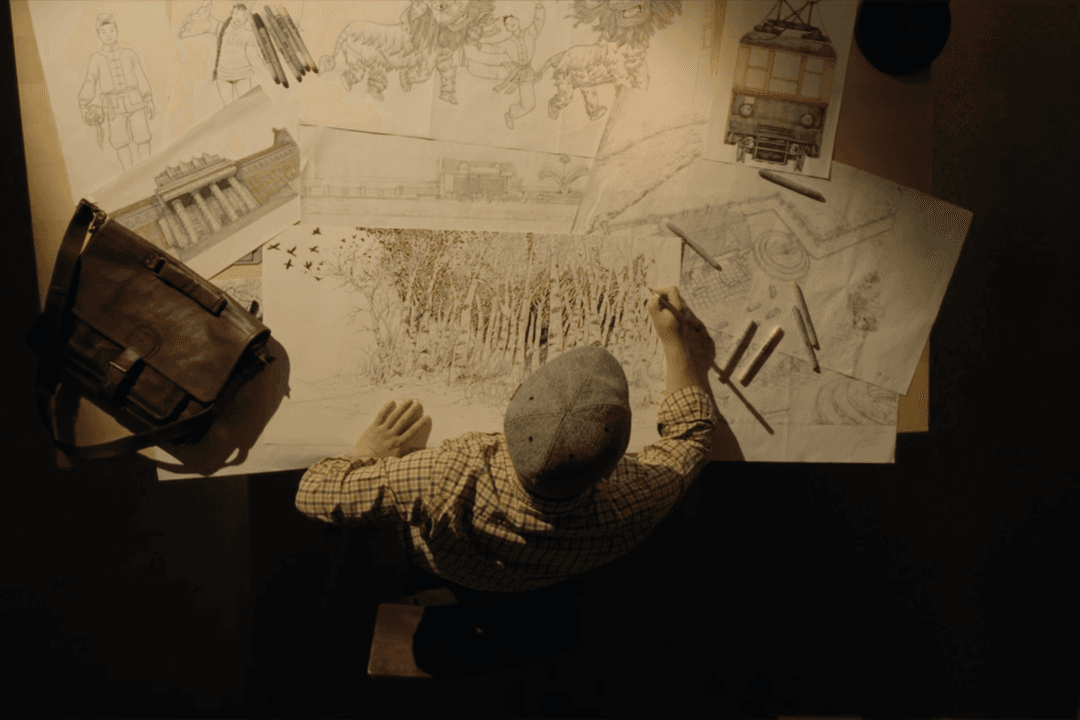Ahead of World Mental Health Day, specialists at an Australian clinic are encouraging people to engage in a collective art therapy project creating a Bodhi Tree for mental wellbeing treatment.
COVID-19 outbreaks and restrictions have left many people worrying about their mental health, noted Allied Health Manager and Clinical Psychologist, Deborah Shand. Shand from the Northside Group, with four clinics in Sydney, is promoting easy access to Art Therapy strategies for mental health wellbeing for World Mental Health Day on Oct. 10.






